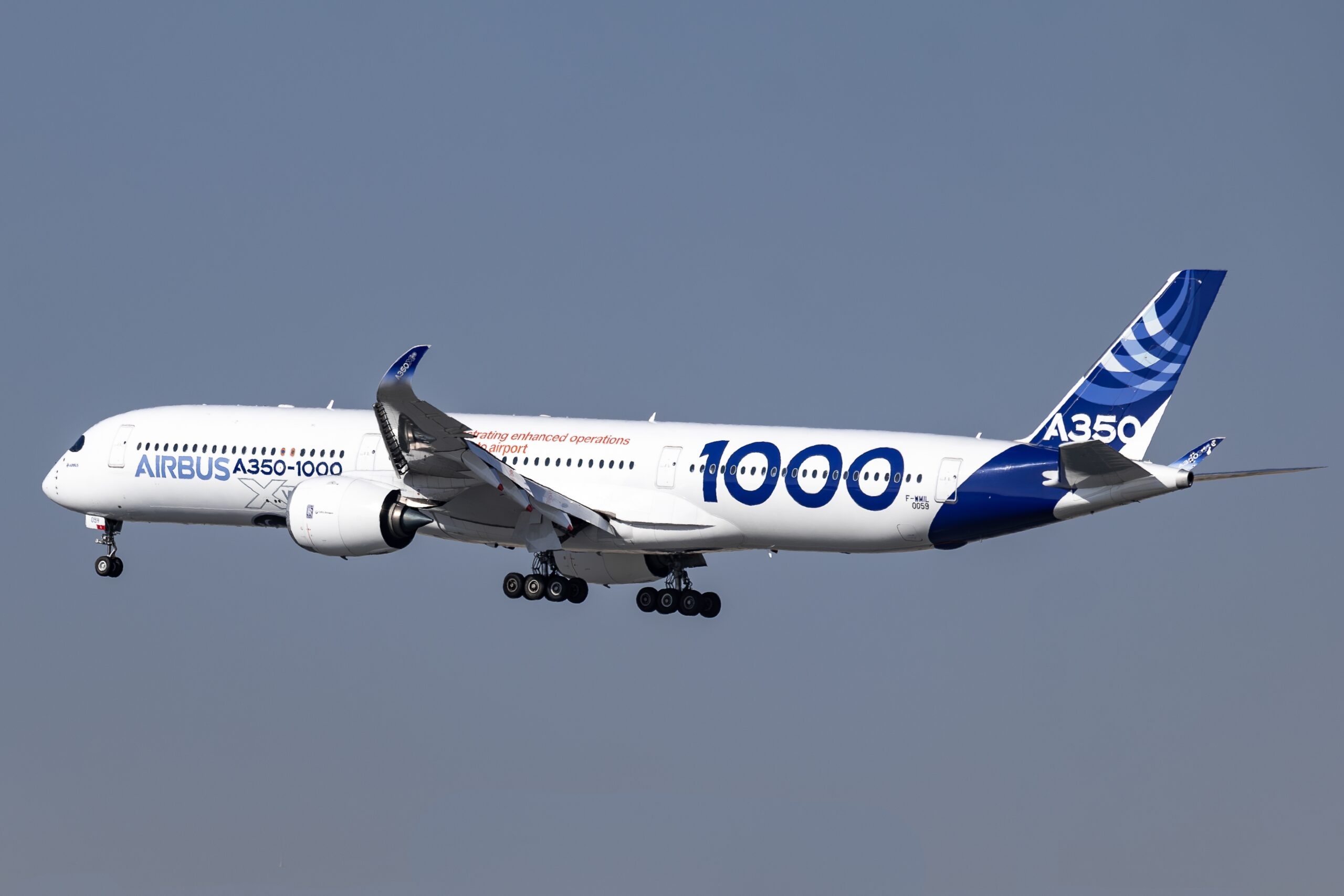The Iranian F-14: History and Legacy
The Iranian F-14 Tomcat story is both fascinating and complex. Born from Cold War dynamics and shifting alliances, it showcases the intersection of geopolitics and aviation technology. Iran’s acquisition and use of these fighter jets remain a profound chapter in its military history.
The Origins in U.S.-Iran Relations
In the 1970s, Iran was a close ally of the United States. Under Shah Mohammad Reza Pahlavi, Iran sought to modernize and expand its military capabilities. At that time, the F-14 Tomcat was one of the most advanced fighter jets. The United States was seeking to bolster allies in the Middle East region. Iran’s strategic location and economic power made it a key partner for the U.S.
Iran ordered 80 F-14A Tomcats and a supply of AIM-54 Phoenix missiles under a deal with the United States in 1974. Grumman, the manufacturer, delivered the first jets to Iran in 1976. They represented a leap in air defense capabilities for the Iranian Air Force. The inclusion of the powerful AN/AWG-9 radar and long-range Phoenix missiles made the F-14 a formidable asset against the threats of the time.
The Revolution that Changed Everything
The Iranian Revolution of 1979 transformed Iran’s relationship with the United States. The monarchy fell, and the Islamic Republic was established. This sudden political shift impacted defense contracts and ongoing military support. The U.S. imposed an arms embargo, cutting off further military assistance and spare parts.
The embargo posed a significant challenge to maintaining the fleet. Sanctions halted direct supply lines for replacement parts. Despite these difficulties, Iran was determined to keep its F-14s operational. Iranian engineers took up the task with vigor. They reverse-engineered components and developed local manufacturing solutions to address the shortages.
Role in the Iran-Iraq War
The Iran-Iraq War from 1980 to 1988 tested Iran’s capabilities. The F-14 played a crucial role in air superiority engagements. Iran’s pilots had a mix of American training and their adaptations. They had to adapt quickly to new operational realities against Iraqi aircraft equipped by the Soviet Union and others.
The Tomcats excelled in intercepting adversary aircraft during the conflict. Exact figures on aerial victories are debated, but the presence of the F-14s provided a significant deterrent. The Phoenix missile, despite aging technology, remained lethal when used effectively. Iran’s F-14 fleet demonstrated resilience and tactical adaptability throughout the war.
Maintenance and Innovation
Post-war, Iran continued to keep the F-14s flying, albeit with increasing challenges. Innovations in reverse engineering were central to their strategy. Iranian technicians remanufactured various components in-house and adapted Russian and Chinese subsystems to support operations.
The limited supply of Phoenix missiles presented a tactical issue. Iran explored alternative missile systems and configurations. The ingenuity in preserving these jets underscores the level of technical expertise developed domestically. This ingenuity has kept the F-14s operational into the present era, albeit with limits on operational scope due to their age.
The F-14’s Cultural Impact and Symbolism
Beyond military significance, the F-14 holds cultural importance in Iran. It symbolizes technological prowess and national resilience. The planes are a point of pride, having been maintained in the face of formidable obstacles. The F-14 has also captured public imagination, akin to its fame in other parts of the world through popular culture like the Top Gun film.
In Iran, the Tomcat represents both a historical era and a perpetual challenge. Its continued service is a testament to Iran’s technical innovation despite international isolation. The story of the F-14 in Iranian service is complex and highlights broader themes of survival, adaptation, and resilience.
Current Status and Future Prospects
The Iranian F-14 fleet is now aging, with increasing maintenance burdens. Many experts speculate on how long these venerable jets can continue to serve effectively. Iran has been upgrading other aircraft within its air force and exploring new acquisitions. However, the F-14 remains a linchpin of its air defense strategy.
Given geopolitical tensions and ongoing sanctions, acquiring new western jets poses challenges. Iran’s strategy likely includes further innovations and adaptations, extending the F-14’s operational life as much as possible. Meanwhile, the U.S. remains resolute in its efforts to prevent new parts and technologies from reaching Iran’s current fleet.
Final Thoughts
The Iranian F-14 Tomcat narrative provides insights into military strategy and innovation under constraints. It highlights Iran’s determination in leveraging limited resources for strategic purposes. This saga has broader implications for understanding military dynamics and geopolitical relationships in the Middle East. The story of these iconic jets continues to captivate military enthusiasts and historians alike.






